“It was God's will that they have to live on the water,
[that] they have learnt how to tread the wave from childhood.
boiling the crab as main food instead of grains,
using manila hemp instead of yarn to make garments.
children were assigned to cut the wild cane secretly,
when tides rising during spring nights
and the shallows are drown[ed].” (sic)
(Yang1,1154)
Hello Everyone
As promised in my previous posting, the bamboo canopy was next. It consisted of two main frames (each comprising of three separate sections) which are glued together and then further affixed by two overlapping sections which are appropriately curved.
View attachment 246227
The three separate sections which make up one frame and the two overlapping pieces (here unfortunately blocked by the clothes’ pegs) which lock them together. These two assembled frames are then inserted into four slots which are provided for in the top railing.
View attachment 246228
This was really an easy task and fitment of the two frames into the slots were perfect. However, here I deviated slightly from the kit plans. Have a look at the picture below.
View attachment 246229
Unicorn suggests that the frames should be inserted into the slots up to the black line. The two slots directly above that line will thus stand proud of the top railing. This is understandable as there are 6 cross bars provided which slot into these six slots and which connect the two frames. However, I inserted my two frames up to the red line. This meant that my top railing would take the place of the first two bars which meant a much stronger connection and that the canopy would sit slightly deeper/lower than indicated on the plans. I was OK with this, and in the end, it turned out to be a very good move with an unexpected advantage.
View attachment 246230
Here the framework of the canopy is completed. Note the two extra spars directly in front of the framework which I did not have to use. Also notice the table in the living area. It looks very rudimentary but that is exactly what they looked like – low in height and devoid of any kind of decoration.
The installation of the bamboo canopy is an exercise in dexterity. It comes supplied in two separate, but identical sheets which needs to be glued back-to-back and then shaped to the correct form and size. This was easy enough, but then I made a mistake – I left it overnight to dry. If ever you have to work with bamboo and do something similar – use your PVA, wait an hour for it to set and while the glue is still pliable, do the bending. The problem is that once the glue is dry, those two sheets become surprisingly stiff and resist bending. Great care has to be taken that it doesn’t develop cracks in the shaping process – if that happens you are screwed, because the cracks will just get bigger and bigger.
I had two small cracks develop (ok…ok, I know…personally, I probably have many large cracks – but I’m referring to the bamboo piece now). Luckily, I did still have the bamboo sheeting from the first model. I just cut two appropriately-sized pieces and carefully glued them to the inside of the canopy where the cracks were starting to rear their ugly heads. That solved that little issue once and for all.
Next, I soaked the bamboo sheeting in water and curved it around one of my favorite objects – a Nescafe

bottle. Unfortunately, I did not take pictures of this as I was all thumbs trying to get the sheeting wrapped around the coffee bottle and securing it with elastic bands at the same time. After the bamboo had dried, it held its shape beautifully and could be glued onto the canopy framework.
View attachment 246231
Bamboo canopy in place. You will also notice six H-shaped frames - two at the stern and four in front of the canopy. The connecting piece on the starboard side (closest to the camera) has not yet been glued down, but has just been placed into position. The framework in front of the canopy was used for fish nets and the two “paddle oars” (different oars to the Yuloh).
View attachment 246232
Copyright by John S. Murray (I have no idea where I downloaded this picture from.)
The one at the stern was primarily used for storing the Yuloh and excess rope not in use. Both set of frames could also be used for a host of other things – anything from clothes lines to additional sheltering.
View attachment 246236
Stern framework used for the storage of the rope and as a clothes line. Note that a piece of clothing was even attached to the yuloh to dry.
View attachment 246237
This picture shows the port side paddle oar in its storage place. The reason that I have kept the right side of the framework “open” at this stage is to facilitate easier working on the rigging.
This is also where my unexpected advantage of my lower canopy panned-out nicely. Notice how nicely the paddle oar clears the canopy – exactly like it does in real life. With the canopy installed as per the plans’ suggestion, it would have been too high for the paddle oar to be mounted like that.
Now let’s take a few looks at the canopy in real-life situations.
Worcester describes the canopy as follows: “The centre part is decked, leaving a cockpit amidships which is covered with a small house made of closely woven matting arranged in three overlapping sections and painted white*. In this portion the passengers are accommodated, and actually as many as five can be carried and even more; nine, however, is about the limit.
*In all my research, I have never found an example of a Yangtze-river sampan with a white-painted bamboo canopy. I think this comment refers more to the Shanghai “Hongtou” sampan – but more about that later.
View attachment 246247
Close-up of the bamboo matting.
Earlier on you will recall I mentioned that there are two primary groups of sampans – the Ning-pang, manned by Ningpo men, and the Soo-pang, manned by either Soochow men, men of Shanghai, or men from Kiangyin, a small town some 80 miles up the Yangtze.
You will also recall that Worcester cited the mounting position of the load bearing-pin as a distinguishing feature. On the Ningpo-craft the bearing-pin for the yuloh is situated on the port side, which necessitates the sculler using his left hand on the oar; while in the boats operated by Soochow, Shanghai, and Kiangyin men, the bearing-pin is on the starboard side and the sculler operates the yuloh with his right hand.
There is, however, one more difference. Unlike the sampanmen from the other three localities, Ningpo men never take their wives and families afloat. It is astonishing that so small an area can constitute a permanent home for two adults and several children. If the family live on board, they also stow themselves away in this small space during working hours. In the fore compartment are stored the bedding, clothing, provisions, oil, charcoal, and extra cooking utensils. The wives and even the children of these sampan-dwellers can take their turn at the yuloh. The Soo-pang women scornfully maintain that one reason why the women of Ningpo do not live afloat is that they suffer from seasickness and are unhandy in a boat.
View attachment 246248
Hong Kong
View attachment 246249
View attachment 246250
View attachment 246251
One of my favorite pictures of ancient times aboard a sampan.
And that my dear friends brings us to a close of tonight's posting. I want to thank each and all for the tremendous support that you have been giving me during this build. It has been absolutely heart-warming and is deeply appreciated.
Kindest regards - Heinrich



 That is a magnificent achievement and a model to be proud of!
That is a magnificent achievement and a model to be proud of! 
That is a magnificent achievement and a model to be proud of!


That is a magnificent achievement and a model to be proud of!





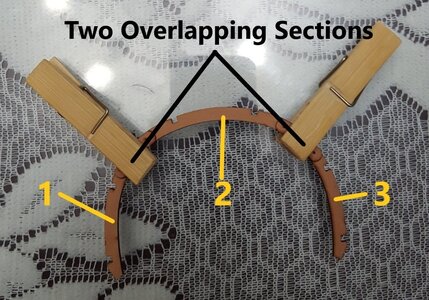
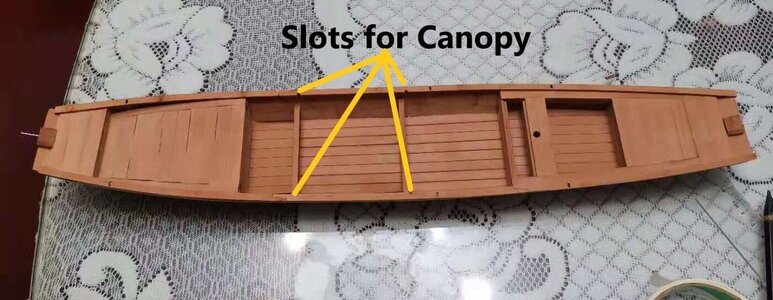
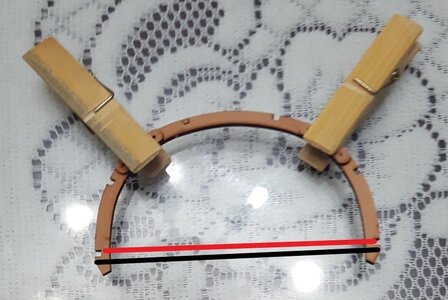
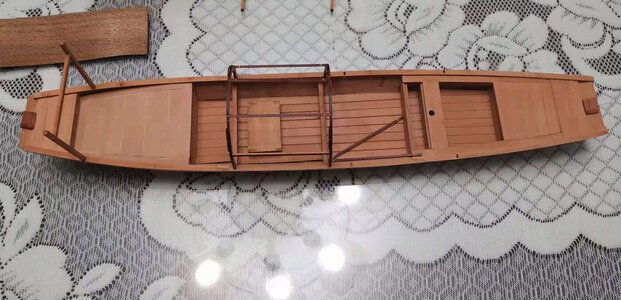
 bottle. Unfortunately, I did not take pictures of this as I was all thumbs trying to get the sheeting wrapped around the coffee bottle and securing it with elastic bands at the same time. After the bamboo had dried, it held its shape beautifully and could be glued onto the canopy framework.
bottle. Unfortunately, I did not take pictures of this as I was all thumbs trying to get the sheeting wrapped around the coffee bottle and securing it with elastic bands at the same time. After the bamboo had dried, it held its shape beautifully and could be glued onto the canopy framework.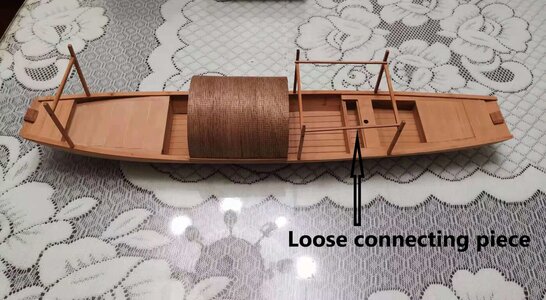
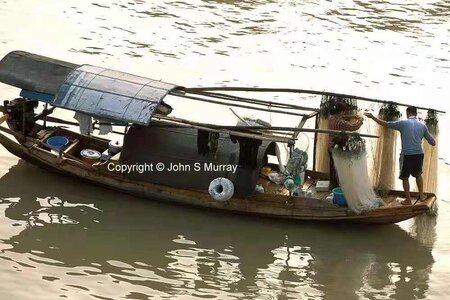
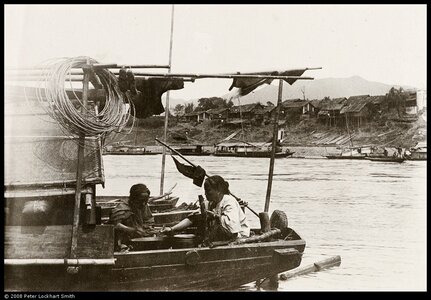
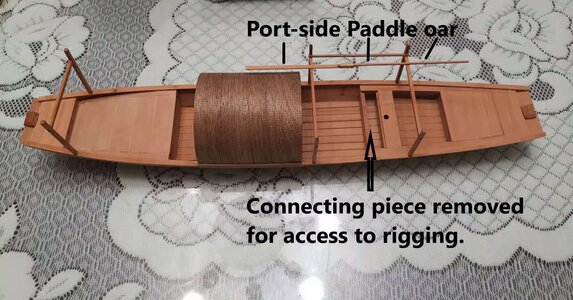
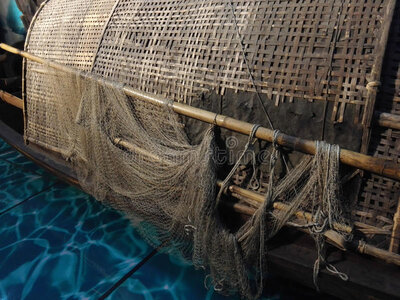
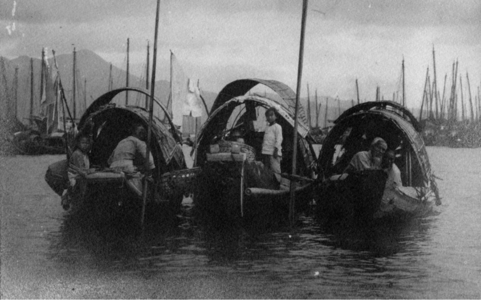
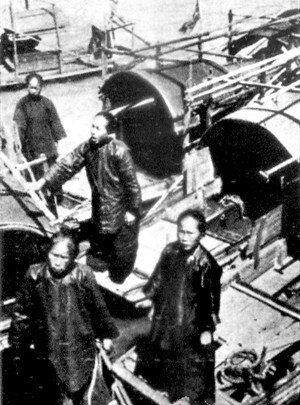
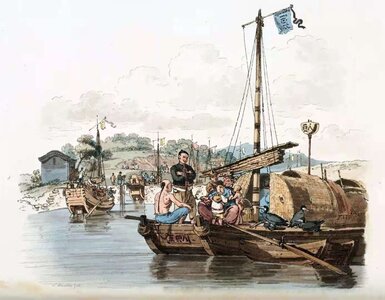
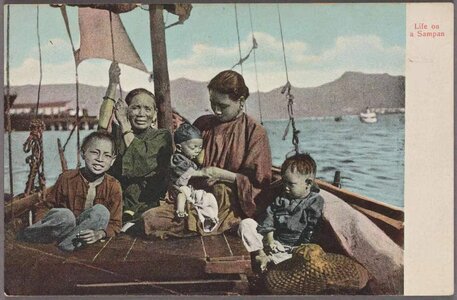


bottle. Unfortunately, I did not take pictures of this as I was all thumbs trying to get the sheeting wrapped around the coffee bottle and securing it with elastic bands at the same time. After the bamboo had dried, it held its shape beautifully and could be glued onto the canopy framework.
